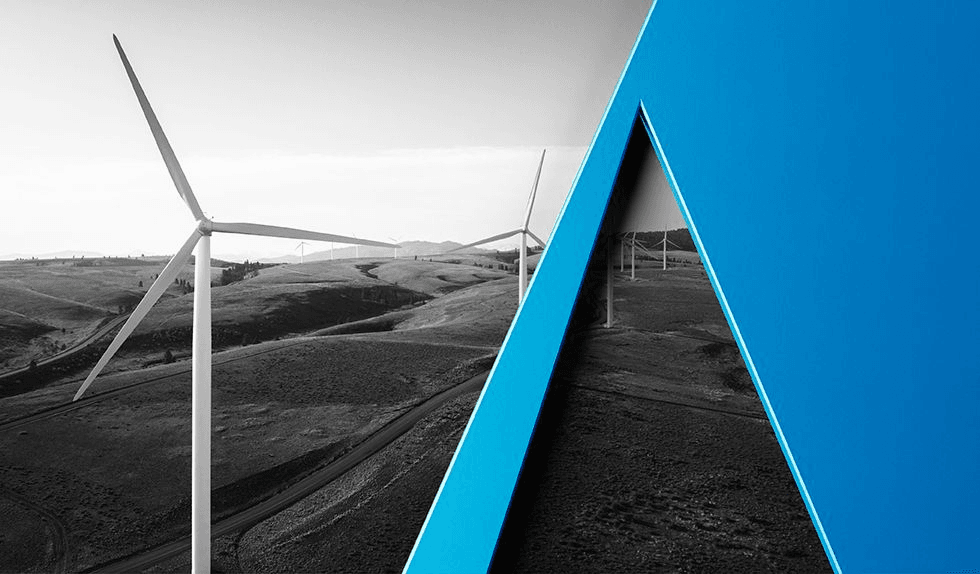On March 6, 2023, the California Independent System Operator Corp. (“CAISO”) released an Issue Paper and Straw Proposal outlining proposed modifications to its interconnection procedures in light of the significant volume of interconnection requests currently pending in its queue and that are expected in the coming years, including immediate adjustments to the study schedule for customers submitting requests as part of CAISO’s upcoming study cluster and long-term structural reforms that could have the effect of materially altering the landscape for companies seeking to develop resources within California.1
In the issue paper, the CAISO notes that it has been inundated in recent years with interconnection requests being developed to meet California’s decarbonization goals, with “[m]any of these requests . . . not located in areas considered optimal for additional transmission development, as determined by regulators and load-serving entities.”2 Although it has pursued several rounds of revisions to its interconnection rules over the past several years, the CAISO states that it has become clear that “more extreme measures are needed to make the [interconnection process] a viable process in light of the state’s vastly accelerated new resource procurement targets.”3
In order to address these issues, CAISO proposes to reimagine its interconnection process and pursue a two track reform:
- Track 1 will focus on immediate adjustments to the schedule for the upcoming queue cluster that is scheduled to open on April 3, 2023—Queue Cluster 15 (“QC15”)—which it claims are necessary to allow CAISO to finish processing the requests currently being studied through Queue Cluster 14 (“QC14”).
- Track 2 will focus on longer-term structural reforms to the interconnection process that would have the effect of prioritizing the processing of interconnection requests located in zones that have available transmission capacity or where transmission facilities are expected to be constructed through the regional planning process.
Track 1: Delaying QC15
CAISO states that “[s]imply layering a massive influx of new [QC15] interconnection requests,” on the existing QC14 projects being studied “is not an effective way to advance interconnection proposals.”4 At the same time, CAISO states that it would be inappropriate to delay the timeline for the submission of requests in QC15. Accordingly, CAISO states that it will maintain the window for the submission of interconnection requests that is scheduled to open in April 2023. However, CAISO plans to postpone the validation of QC15 interconnection requests until the QC14 phase II studies and results meetings have been completed. Based on the current schedule, CAISO states that it does not anticipate resuming processing QC15 until approximately April 1, 2024.5
CAISO states that it intends to commence scoping and validation meetings once QC14 is complete, but that it will finalize the schedule for validation, studies, posting, and processing the requests as part of Track 2 of this initiative.6 CAISO also states that it anticipates providing customers in QC15 the opportunity to “refresh” their interconnection request (e.g., modify their original request) or withdraw for minimal or no cost at any time until study work begins.7
Although the issue paper does not fully detail the longer-term implications of a one-year delay in the validation of requests in QC15, CAISO acknowledges that its proposal could create timing challenges for developers. CAISO singles out offshore wind resources as a class of developer that could be most impacted by the proposed delay given the long development timeline of these resources. Accordingly, CAISO states that it plans to evaluate whether it may be possible to study offshore wind and certain other long-lead time resources through a separate process.8
Track 2: Structural Reforms
Track 2 of the initiative “will focus on the transformative changes to the interconnection process needed to achieve” the strategic objectives set out in a December 2022 Memorandum of Understanding (“MOU”) signed by CAISO, the California Public Utilities Commission (“CPUC”), and the California Energy Commission that established a framework for greater coordination among the agencies on resource and transmission planning.9 In order to achieve these objectives, CAISO states that the interconnection process must be redesigned to:
- prioritize interconnection customers that seek to utilize available capacity or that are located in zones with planned capacity additions that have been identified in the transmission planning process based on state resource planning;
- limit the project capacity studied within these priority zones to reasonable amounts that support the state’s resource planning goals; and
- ensure that the study results that are obtained through the interconnection process provide load-serving entities with information that supports their resource procurement functions.10
Although CAISO does not propose a definitive framework for the types of reforms that it plans to make, it does outline a number of potential design elements that CAISO believes have the potential to achieve the intended objectives:
- Accepting or processing only interconnection requests where the transmission system has available existing or planned capacity identified in the CAISO’s transmission plan based on CPUC portfolios;11
- Limit the number of interconnection requests in a study area based on the transmission capacity being planned for that location;12
- Require projects to have a power purchase agreement to be shortlisted to proceed to phase II studies;13 and
- Only open a new interconnection request window when warranted as opposed to on an annual basis.14
Notably, CAISO states that it plans to pursue development and implementation of its proposal on a timeline that would allow it to apply these reforms to interconnection requests in QC15.
Next Steps
CAISO is holding a conference call to discuss the Issue Paper on March 13, 2023, with comments due by March 27, 2023. After taking comments, CAISO plans on issuing a final proposal and draft tariff language for Track 1 by April 10, 2023, with the goal of presenting the proposal for approval by the CAISO Board of Governors on May 17, 2023.
Conclusion
The merits of CAISO’s proposal undoubtedly will be the subject of debate in its stakeholder process. It is worth noting, however, that CAISO’s proposal to prioritize processing interconnection requests in designated regions within its footprint and to limit the submission of interconnection requests represents a departure from the current manner in which interconnection requests are ordered and studied. Currently, transmission providers generally prioritize interconnection requests based on the order in which they received or based on a “first-ready, first-served” approach that prioritizes interconnection customers that demonstrate that they are making progress towards the development of their projects. Additionally, interconnection customers generally are free to request interconnection service at any point on the grid without any impact on the relative queue priority of their projects. In contrast, CAISO’s proposal would prioritize requests based on location and potentially limit the ability of project developers to obtain interconnection service at other locations or even in more favored locations. CAISO’s proposal illustrates the challenges that grid operators and market participants are facing as the energy transition strains existing regulatory paradigms and processes.
1 California Independent System Operator, 2023 Interconnection Process Enhancements (March 6, 2023), http://www.caiso.com/InitiativeDocuments/Issue-Paper-and-Straw-Proposal-Interconnecton-Process-Enhancements-2023-Mar132023.pdf (“Issue Paper”).
2 Issue Paper at 3.
3 Id. at 4.
4 Id. at 6.
5 Id. at 9.
6 Id. at 9-10.
7 Id. at 9.
8 Id. at 11.
9 Id.
10 Id. at 12.
11 Id. at 12-13.
12 Id. at 13-14.
13 Id. at 14.
14 Id. at 14-15.



